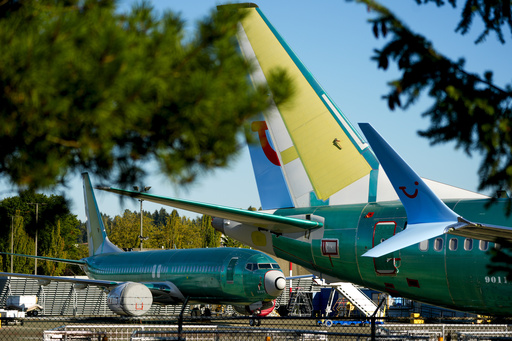Boeing is poised to reduce its workforce by around 10% in the upcoming months due to ongoing financial struggles and the impact of a workers’ strike that is disturbing production of the company’s most popular airliners.
The newly appointed CEO, Kelly Ortberg, shared details of these workforce reductions in a memo sent to employees, indicating that as many as 17,000 positions could be eliminated, affecting executives, managers, and other staff members.
Boeing employs approximately 170,000 individuals across the globe, with a significant number situated in manufacturing hubs within Washington and South Carolina.
Previously, the company had instituted a series of temporary furloughs, but Ortberg stated that this practice will be halted due to the upcoming layoffs.
In addition to job cuts, the company has decided to postpone the debut of its new aircraft, the 777X, to 2026, a delay from the previously expected 2025 launch. Furthermore, Boeing plans to cease production of the cargo version of the 767 jet in 2027 after completing existing orders.
Since the beginning of 2019, Boeing has faced losses exceeding $25 billion.
Currently, around 33,000 union machinists have been on strike since September 14. Negotiations this week were unsuccessful, and Boeing has filed an unfair labor practices complaint against the International Association of Machinists and Aerospace Workers.
As layoffs are announced, Boeing also released preliminary figures for its third-quarter financial performance, revealing a bleak outlook. The company reported a cash outflow of $1.3 billion over the quarter and a loss of $9.97 per share. Though analysts projected a loss of $1.61 per share, they were likely unaware of some substantial write-downs that Boeing disclosed.
Based in Arlington, Virginia, Boeing had $10.5 billion in cash and marketable securities as of September 30.
The strike significantly affects the company’s cash flow, as Boeing typically receives a substantial portion of the aircraft price upon delivery to airline clients. The work stoppage has halted production of key models, including the 737 Max, which is Boeing’s top-selling aircraft, as well as the 777X and 767 models. Production of the 787s, however, continues at a nonunion facility located in South Carolina.
“Our business is in a tough position, and the challenges we face are substantial,” Ortberg conveyed to staff members. He emphasized that the situation necessitates difficult decisions and the implementation of structural changes to maintain competitiveness and fulfill customer demands in the future.
Home Money & Business Boeing to reduce workforce by 10% amid factory workers’ strike disrupting aircraft...
